As if their litte-red-riding-hood outfits aren’t torture enough, the flight attendants at Austrian Airlines have to listen constantly to Johann Strauss waltzes piped through the speaker system supposedly to prepare passengers for Vienna, the city of music.
You might roll your eyes on the plane, as I did, but once here the history of musicians living, working and dying in Vienna certainly grabs you, somewhat overwhelming in all its riches. They are revered and remembered, as seen when walking through the city, the outlying villages that often housed summering aristocracy with their attendant composers or performers, and in the central cemetery where a whole section of honor graves is devoted to famous artists.
Let’s start with the latter: Vienna’s Zentral Friedhof can be reached by a comfortable 40 minute streetcar ride. It is the second largest cemetery in Europe, a peaceful place that is in alternation well tended and totally dilapidated, the latter particularly in the old Jewish section which is covered at times in knee-high fields of stinging nettles.. No wonder, given that there are no families left of those buried here in the 1800s.
The cemetery offers sections for all religions, all kinds of wildlife,
and houses famous musicians. Mozart’s remains were transferred here from a pauper’s grave;
Beethoven,
Schoenberg and Schubert are buried here;
so are Franz von Suppe and of course Johann Strauss.

 For those of us devoted to some of their music paying respect tugs at some heart strings.
For those of us devoted to some of their music paying respect tugs at some heart strings.
It doesn’t hurt either that the cemetery cafe offers by far superior fare than most other tourist trap cafes in the center city – and yes, I have tried a few…
Today I took the bus to the village of Kahlenberg, a small hamlet amongst endless vineyards, which has its own musical history. Schubert’s premiere performance of his Lied: Leise flehen meine Lieder took place at a birthday party here 190 years ago to the day, August 7, 1828.
There is a Linden tree dedicated to him across from the house (which later on housed the very first Austrian asylum for orphaned children.)
A long, hot hike through the vineyards with Vienna visible in the distance led to the village of Nussbaum, which celebrates several musical inhabitants of yore, among them Richard Tauber and Karl Millöcker.
And finally nearby there is the cloister of Klosterneuburg, dripping in wealth, but sharing it tastefully, both in its museal configurations and in its performance of live chamber music and operas throughout the summer in some sort of amphitheater.

 For once I did not think about the catholic church’s means of acquisition of wealth (in this case the very first vineyards on Austrian soil) or its oppressive use thereof, but simply enjoyed a hot summer day under the beauty of enormous gothic steeples.
For once I did not think about the catholic church’s means of acquisition of wealth (in this case the very first vineyards on Austrian soil) or its oppressive use thereof, but simply enjoyed a hot summer day under the beauty of enormous gothic steeples.
Did I mention it’s hot? Dinner at a traditional inn had me almost choke on my Knödel when these melted candles appeared in my line of sight.
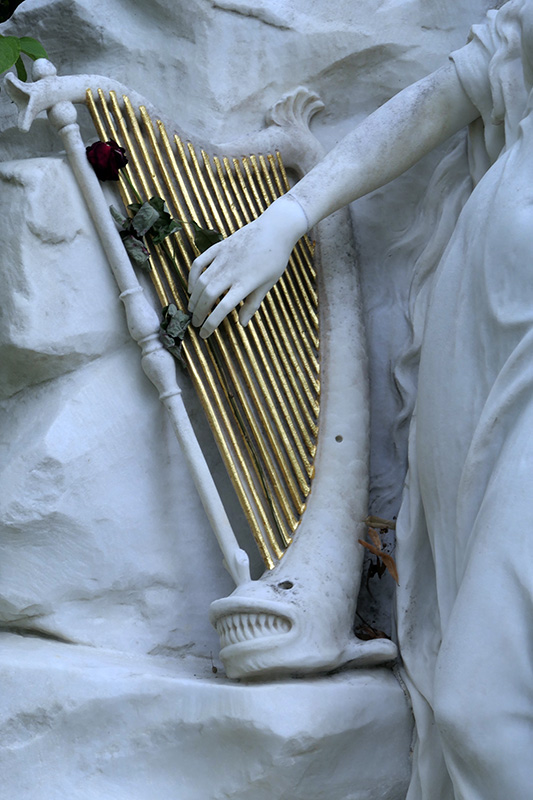









































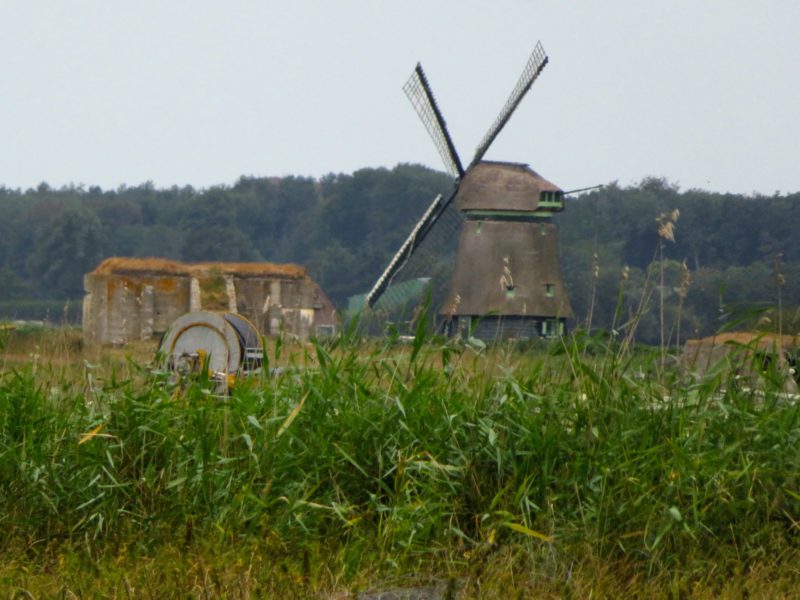






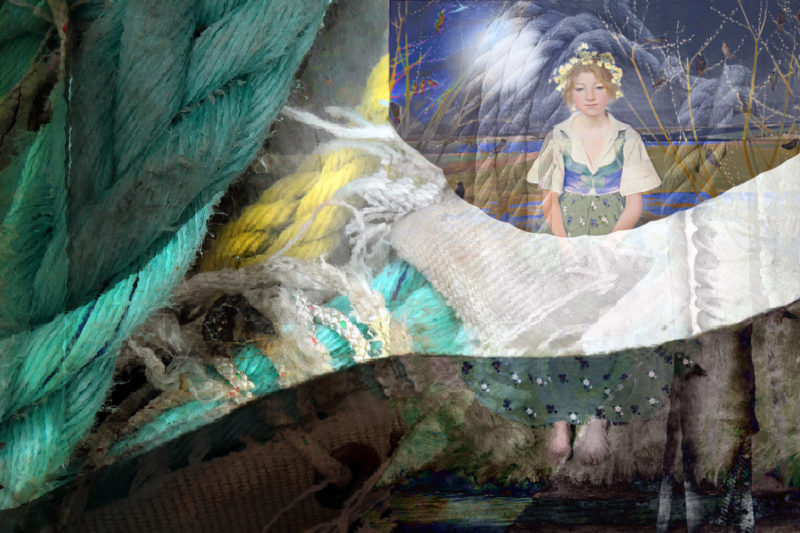

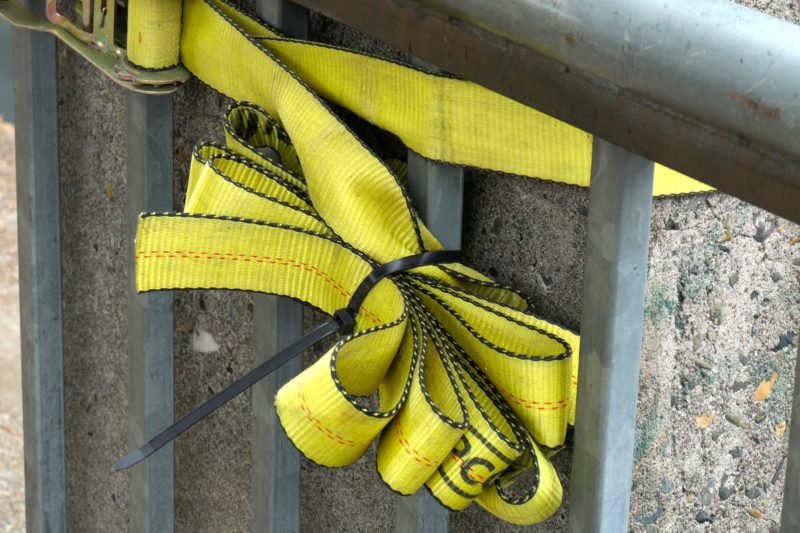












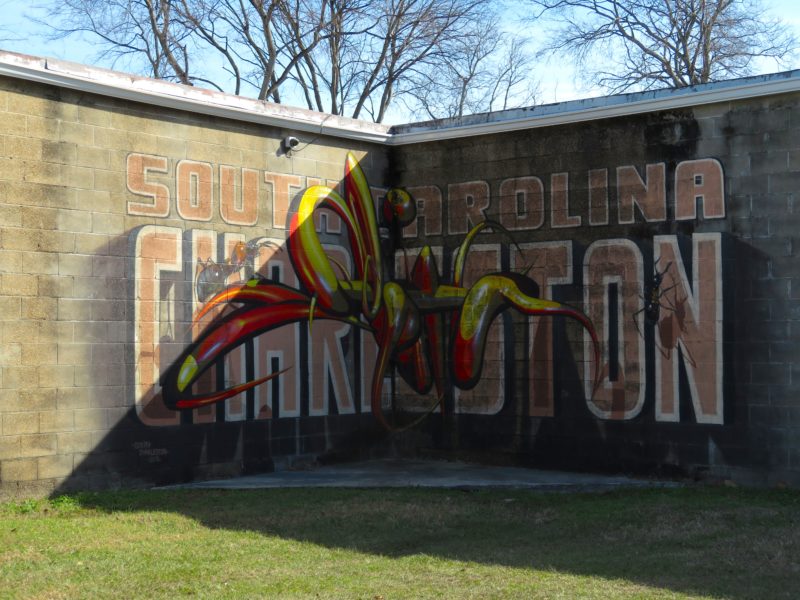


















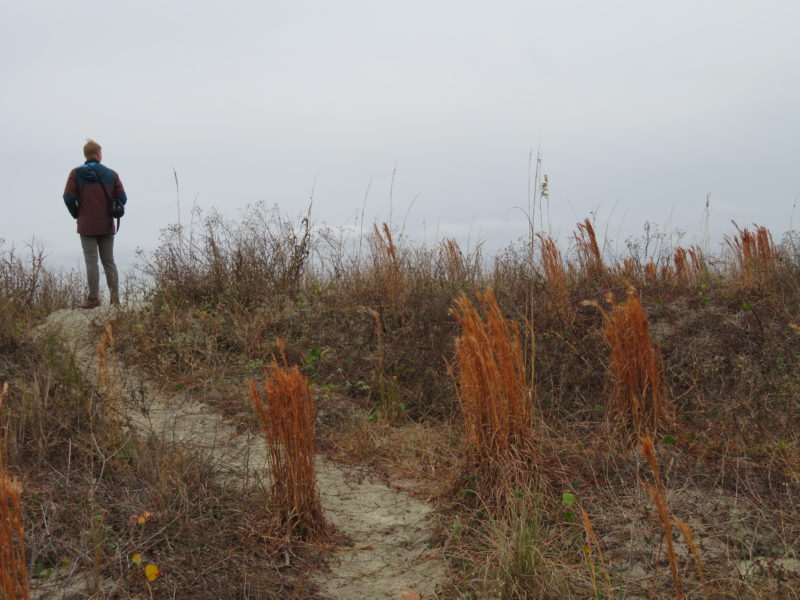


















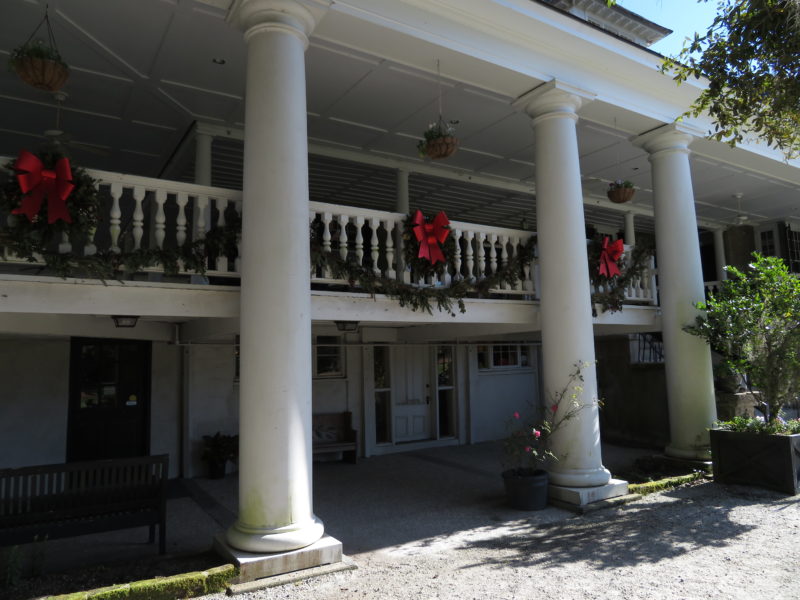



















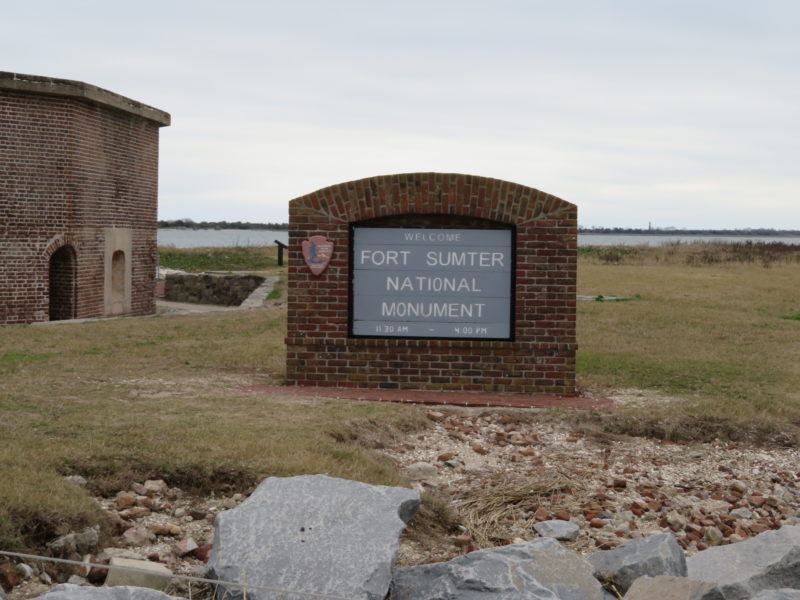


















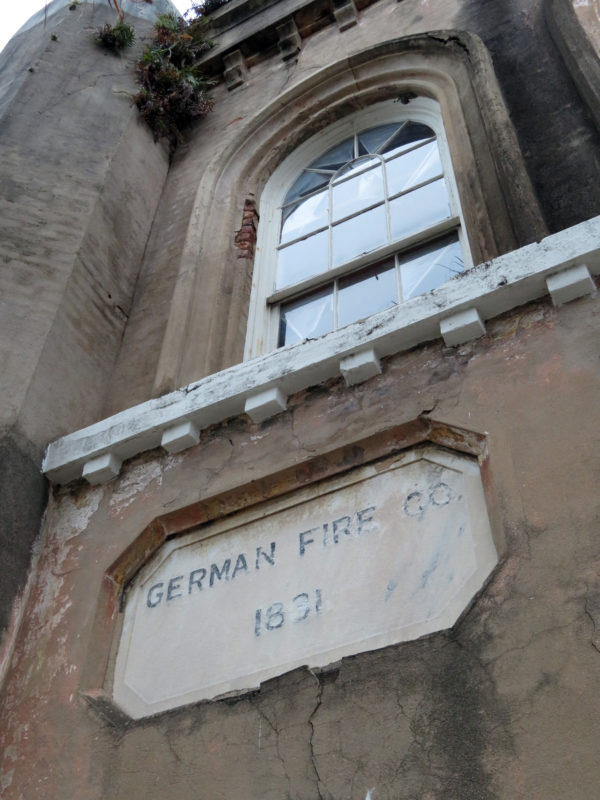









 .
.











